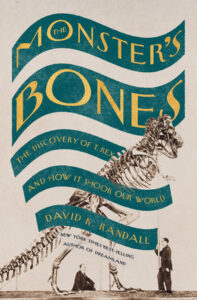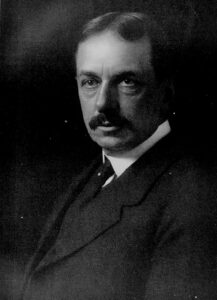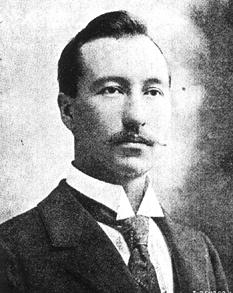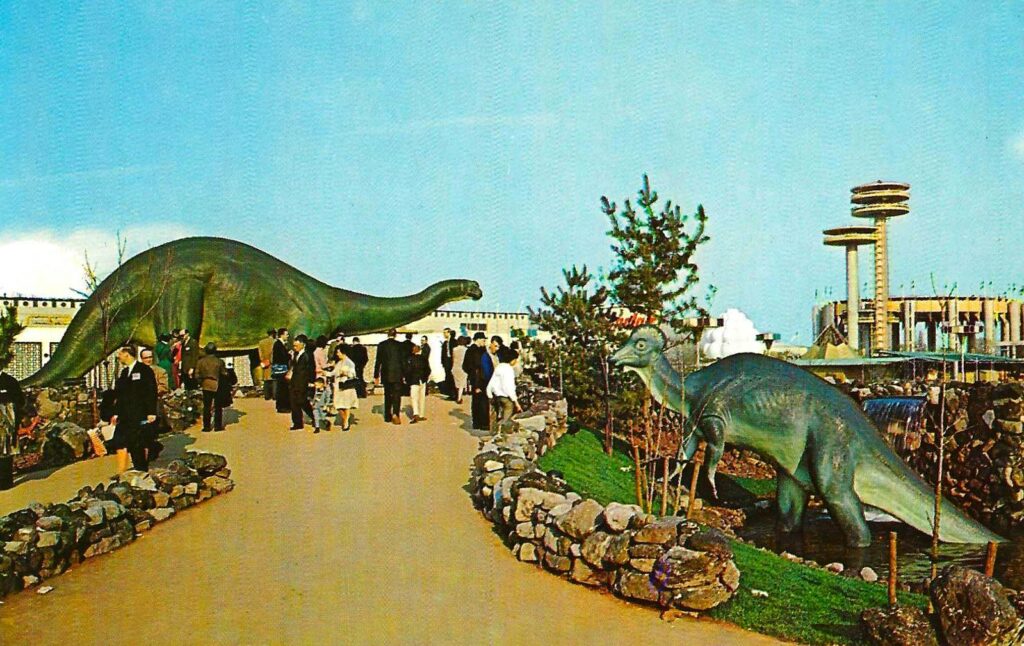
The Dinosaur Race – casting a wide net on what the discovery of dinosaurs meant and means for the planet (1830s to 2010): Dinosaurs are having a heyday!
What’s the connection between the eye-popping 2022 dinosaur discoveries – “ginormous” dinosaur bones in Portugal; new species in Canada, Argentina, Zimbabwe; 100 million-year-old footprints in China – and the extinction of dinosaurs 66 million years ago?
What’s the chance these unearthings happened around the same time The Monster Bones: The Discovery of T. Rex and How It Shook Our World was released?
Climate change has led to a “new golden age of paleontology,” says Reuter’s reporter Daniel K. Randall in his new nonfiction book. If “climate change always wins,” then the book is a monster of a warning on life as we know it.
Unfolding like a novel, The Monster’s Bones is engrossing as reality can sometimes outdo imaginations. Randall’s prose reads like an Indiana Jones swashbuckling cinematic adventure, but the expeditions he traces were funded by fledgling natural history museums and university departments racing to be the first to discover the fossilized bones of dinosaurs – with a fixation on the “iconic” T. Rex, Tyrannosaurus Rex – essentially founding a new field of paleontology as opposed to ancient archaeology.
You won’t even realize its science you’re reading until you reach the extensive biographical and source notes. You will, though, be hit by so much history you weren’t aware of despite reading/being read to/reading to your children any of the countless children’s dinosaur books on the market. One to highlight is Mister Bones since the man it’s about is also the star of Randall’s dinosaur show, Barnum Brown.
If his first name rings a bell that’s because this boy born on a Kansas farm was named for P. T. Barnum of Ringling Bros. fame, traveling around the country with his circus around the time he was born. Prophetically, Barnum Brown’s spirit and legacy well-exceeds circus magic, having devoted a long lifetime in pursuit of giant monsters. Making him a giant in his own right and the force behind Randall’s fascinating saga.

Barnum Brown was responsible for discovering “more than half of the dinosaur specimens” on display at the American Museum of Natural History on the Upper East Side of Manhattan. His discovery of the first skeleton of “one of the largest known predators” that roamed the Earth over 200 million eons ago, T. rex, brought world-class fame to the Museum and the paleontologist.
There’s about 200 natural history museums in America. The American Museum’s chief rival is the National Museum of Natural History in Washington, DC. Both museums have curated major new dinosaur exhibitions. In NYC: https://www.amnh.org/exhibitions/t-rex-the-ultimate-predator; in DC: https://naturalhistory.si.edu/exhibits/david-h-koch-hall-fossils-deep-time. Evidence enough dinosaurs will forever captivate.
Barnum Brown is depicted as larger than life. Always in “search of something new” combined with a nearly innate ability “to read rock formations” and a giant well of energy even late in life, he built reputations and greatness. Others fill these pages too – names you know and are unfamiliar with – but its Barnum, along with the most powerful creatures in the history of our planet, winning our hearts and awe. He couldn’t have done what he accomplished without the financial backing of many, but they couldn’t have achieved the heights that they did without him.
Randall has done a marvelous job of chronicling the early fossil hunters in Europe followed by those in America who funded their digs from the 19th to 21st centuries. We don’t think of the pioneering Westward Movement in terms of dinosaur bone hunting but America in 1890s and early 1900s Wyoming, North Dakota, and Montana provided an abundant concentration of ancient bones buried beneath layers of geological rocks. Other Western states were also excavated: New Mexico, South Dakota, Colorado, Arizona, Texas.
Similarly, you wouldn’t think dinosaurs had anything to do with the Gilded Age, ushered in when industrialization concentrated enormous wealth in the hands of the very few, but men like J. P. Morgan, Andrew Carnegie, and George Peabody sought to implant their legacies by funding expeditions by Brown and others for their respective museums: Morgan for the American Museum, Carnegie for his Pittsburgh museum, and Peabody at Yale’s. The roles Morgan entrusted to his nephew Henry Osborn and Peabody to his nephew Othneil Marsh formed a formidable triumvirate with Brown.

by Evanston Fowler
via Wikimedia Commons

Brady-Handy Photograph Collection
via Wikimedia Commons

via Wikimedia Commons
To his credit, Randall makes sure we considerably tamp down our praise for Osborn as he later became a leader in the appalling Eugenics movement. We don’t expect, shock more like it, that the most famous dinosaur in the world is linked in any way to racism and Darwin’s theory of evolution, but it inspired the theory that dinosaurs went extinct due to their small brains, so they weren’t intelligent. As if this could even remotely justify the debasing notion that one race (or person with a disability) could be more intelligent and valued than another, but apparently it did:
“The twin fields of natural history and conservation were filled with men who saw no separation between their beliefs in science and in racial hierarchy. The endpoint of this line was the eugenics movement, which held that applying the principles of genetic selection to the human population would cure the Earth of “undesirables,” ranging from the physically infirm to darker-skinned peoples.”
Reading certainly opens our eyes! But who would ever envision T. rex and racism paired together? Randall, the journalist, has connected more dots than we could have ever imagined.
The book’s multi-pronged, multi-layered approach thankfully doesn’t fit neatly into one characterization. History, the birth of a young science, obsession, and culture are wrapped up in an entertainment phenomenon. Steven Spielberg’s blockbuster movie Jurassic Park, Disney’s Fantasia, and the Dinoland exhibit at the 1964 World’s Fair are examples cited.

By Joe Haupt on Flickr [CC BY-SA 2.0]
Another dimension of Barnum Brown’s life is featured: fossil-hunting outside of America. He hunted for dinosaur bones in Mexico, Cuba, India, Burma, and Patagonia, which stands out for its vast “underdeveloped” lands in Argentina and Chile and death-defying obstacles he conquered to bring home a “haul of fossils.”
A more intimate side happens when Barnum meets, falls in love, and marries Marion Raymond, a teacher; both graduate students at Columbia University. A womanizer by various accounts, but in Marion he found a “distinctive mix of purpose and fun.” She became his soulmate, accompanying him on digs, while also understanding his need for freedom to travel alone at a moment’s notice. She a stable force for the first and only time in his life, they lived in Brooklyn and had a daughter, Frances. The poignancy of their marriage and impact on Barnum’s life cannot be understated, nor is it.
While others discovered fantastical dinosaur skeletons like an 84-foot-long Diplodocus (!) and the skull of a Triceratops that weighed three tons (!), no one outdid Barnum Brown, the greatest showman in the world of prehistoric life.
The Monster’s Bones leaves us better informed, questioning the future of “humankind.” The biggest takeaway is the urgency of treating climate change as earth shattering. Which is why this absorbing book is also an important read.
Lorraine